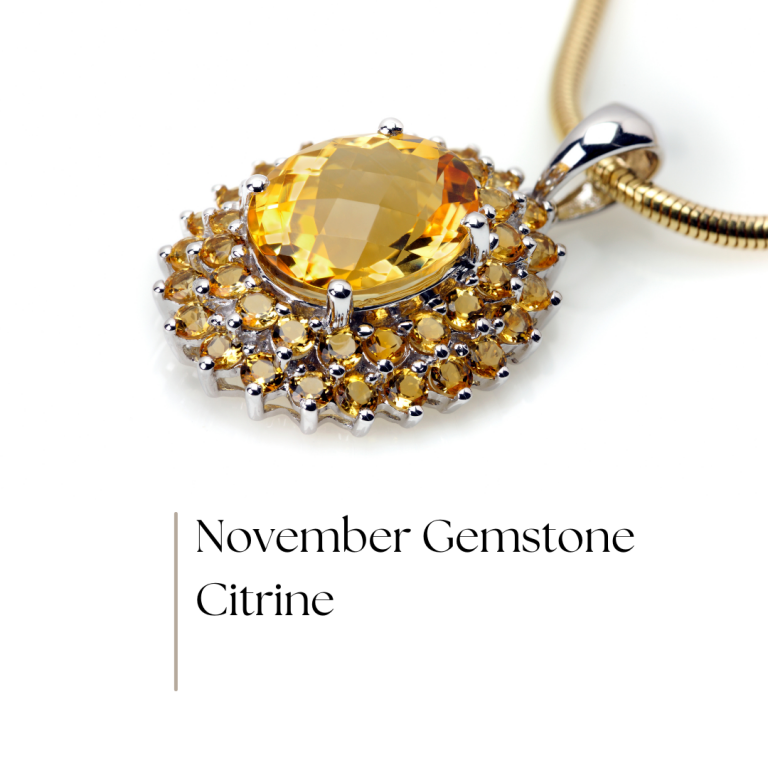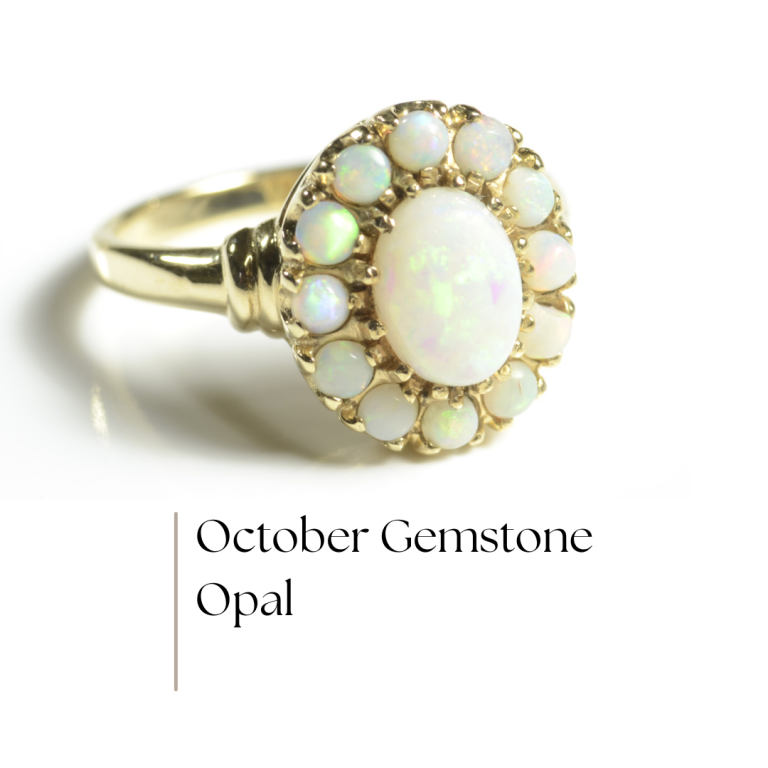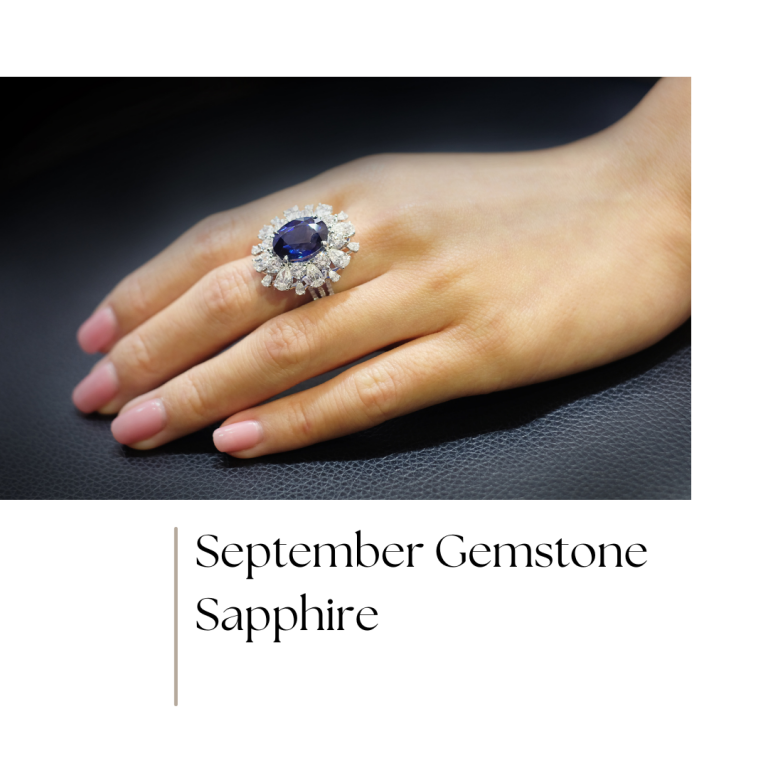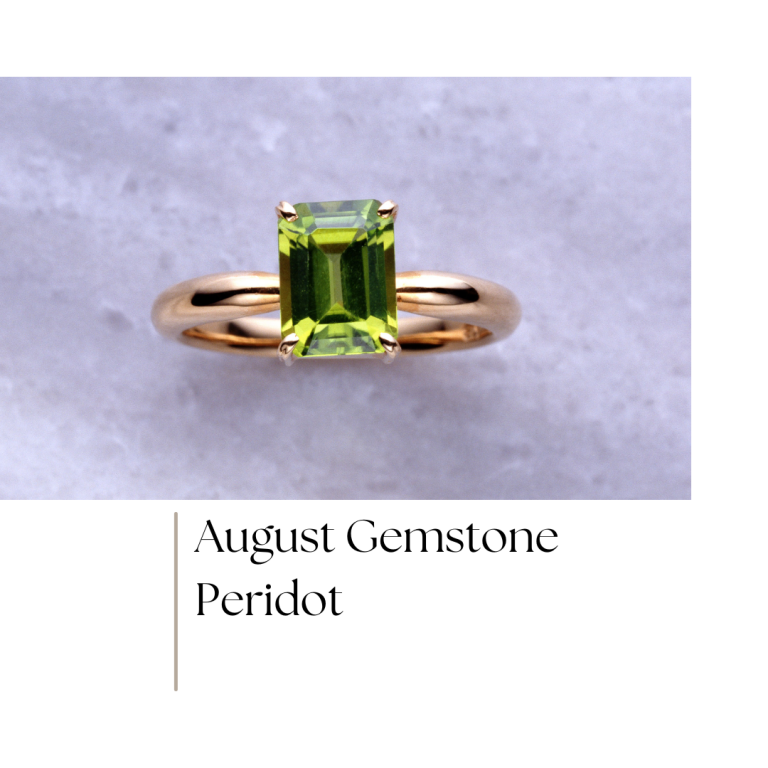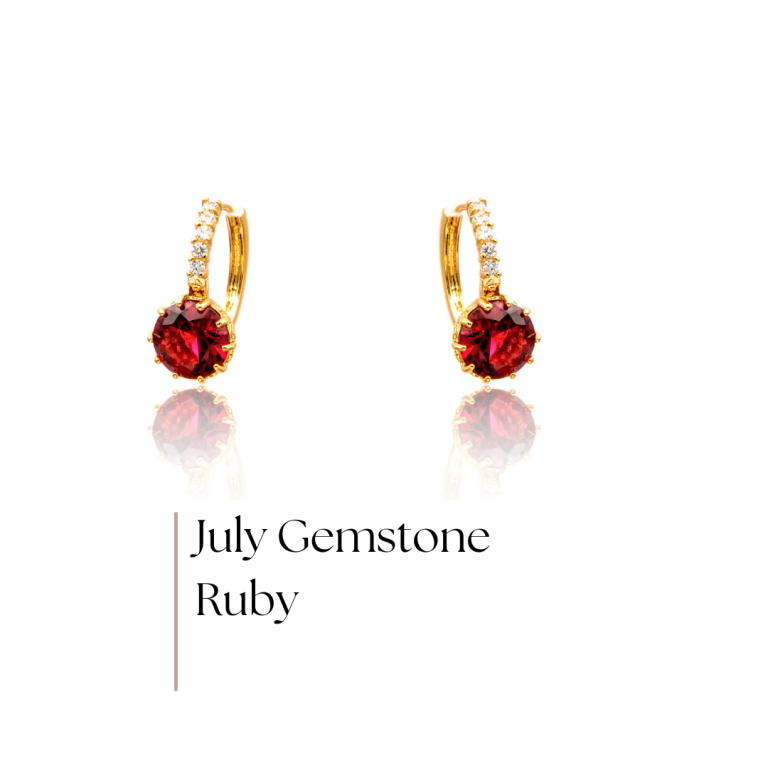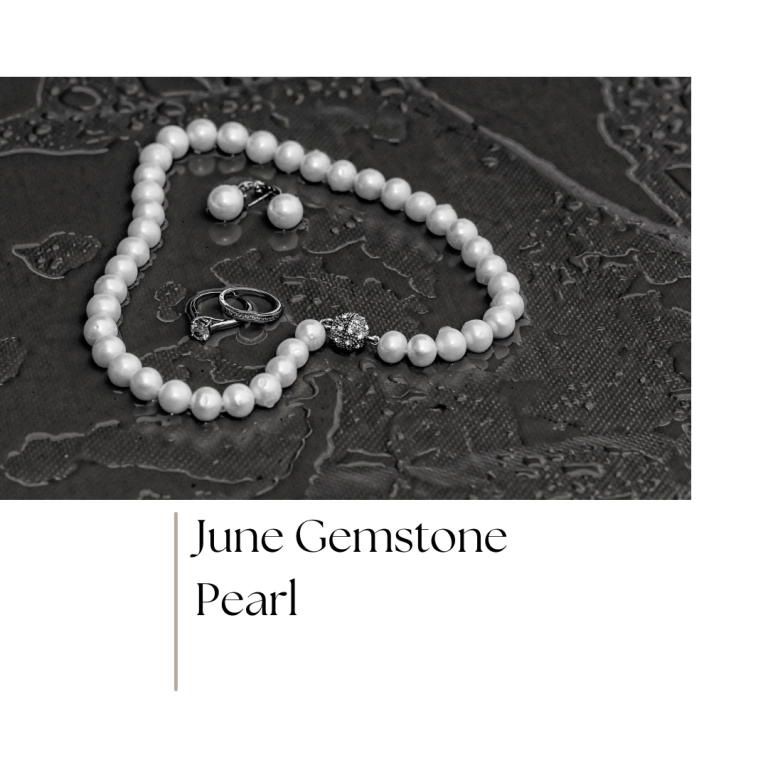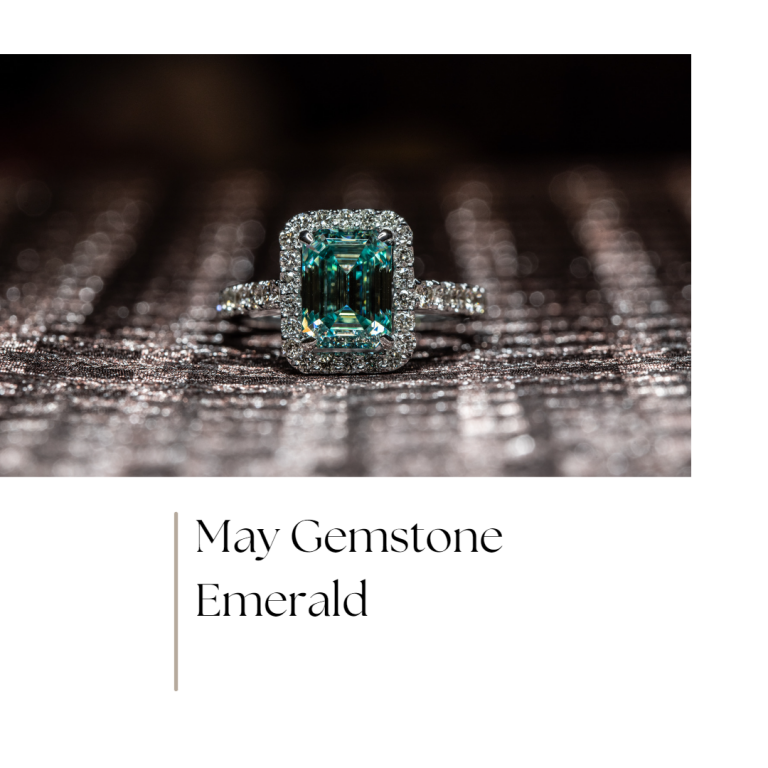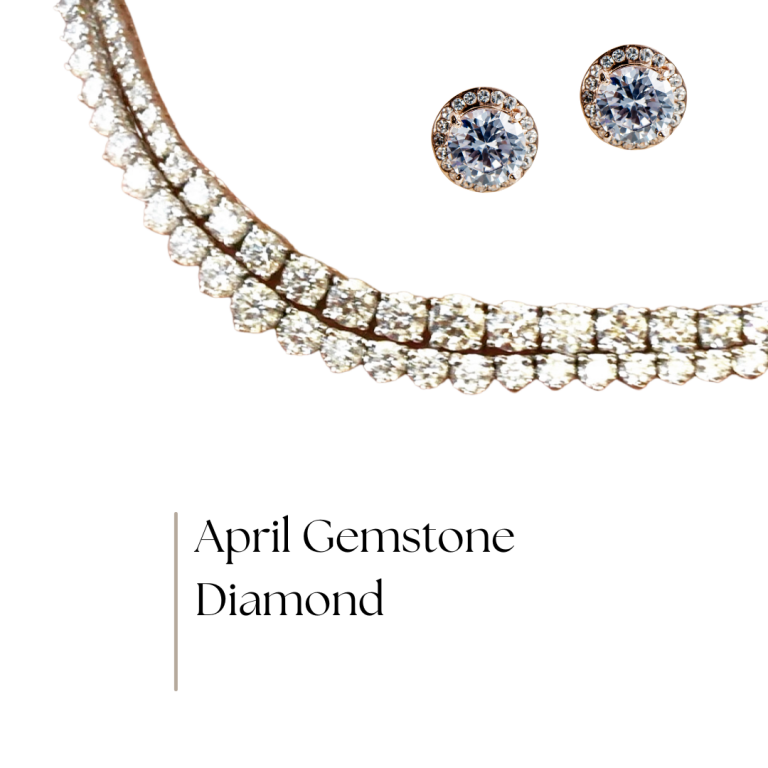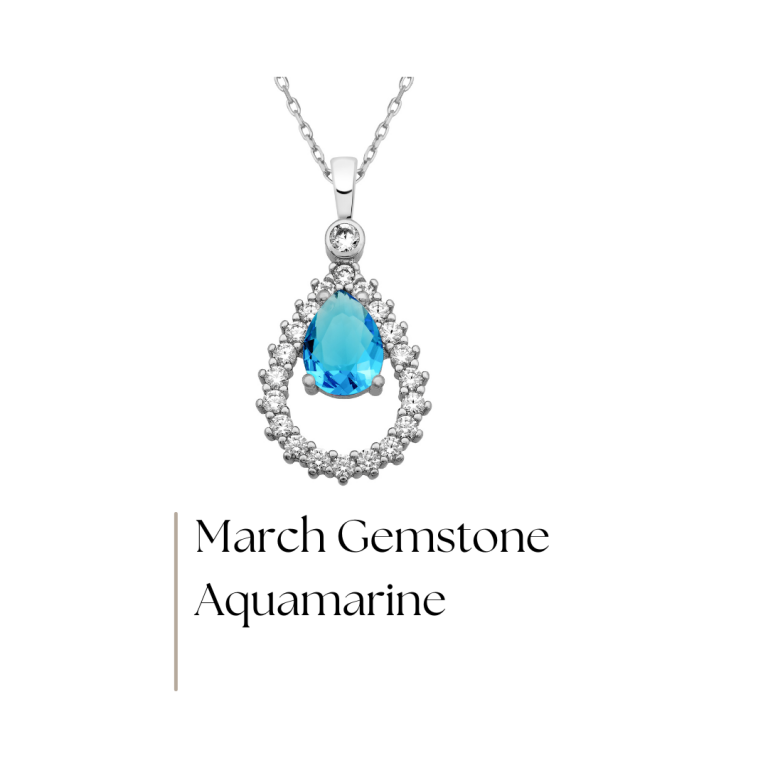December’s Triple Gem Delight
December's Triple Gem Delight
Blue Zircon, Blue Topaz, and Tanzanite
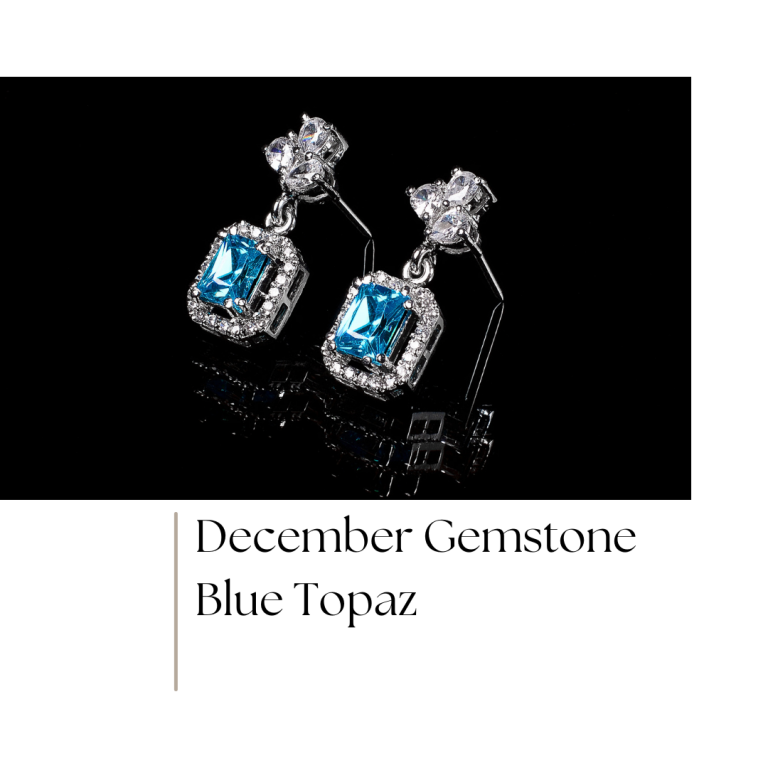
December is a month full of celebration and connection. The birthstones for this month embody this same spirit, and there are actually three! Each gem possesses its own one-of-a-kind charm, unique background, and set of characteristics that are sure to enchant all who appreciate precious stones. Whether you were born in December, or simply enjoy the beauty and history behind gemstones, we believe you will find admiration for these birthstones.
The Gemstones for December
Blue Zircon
Regarded as one of the contemporary December birthstones, blue zircon, scientifically known as zirconium silicate, is valued for its high refractive index. Its exceptional fire and luster emulate the brilliance of a diamond, surpassing that of sapphire, ruby, or tanzanite, among other distinctive qualities.
Zircon is initially found in a brown hue but undergoes a transformation to blue through heat treatment. Many zircons feature prominent green undertones, contributing to the gem’s distinctive coloration. High-quality blue zircons showcase vibrant green tones with moderate color saturation. Historically, the transformation to blue through heat treatment was predominantly associated with Cambodian and Burmese zircon. However, recent discoveries have revealed blue zircon occurrences in Maripa, located in southern Malawi.
Blue Topaz
Blue Topaz has been cherished for thousands of years, with ancient Egyptians believing it had protective powers. It gained popularity in Europe during the Renaissance. Available in various shades of blue, blue topaz is sought after for its calming and cool tones. It is often associated with loyalty and communication. Blue topaz is made of aluminum and fluorine and is a silicate mineral characterized by its glass-like luster and distinct cleavage, making it delicate and brittle.
Natural blue topaz deposits can be found in the state of Texas in the United States and the Ural Mountains in Russia. Additionally, Brazil, Sri Lanka, Nigeria, and China contribute to the global production of blue topaz.
Tanzanite
Tanzanite is a relatively recent discovery, found in the foothills of Mount Kilimanjaro in Tanzania in 1967. It quickly gained popularity for its captivating hues. Originally mistaken for sapphire, tanzanite was recognized as an entirely new variation within the zoisite gem species. Tanzanite owes its name to Tiffany & Co., a prominent global distributor that recognized the gem’s potential upon its discovery. In an effort to enhance consumer awareness of this unfamiliar stone, they aptly named it in tribute to its African place of origin, Tanzania.
Tanzanite is renowned for its trichroic nature, which means the gem displays different colors from blue to violet depending on the crystal’s orientation. Every glance at your tanzanite jewelry reveals something distinct and dynamic. Currently, Tanzania is the only place this gem is mined. Its rarity adds to the gemstone’s allure.
Fast Facts About Blue Zircon Gemstones
- Blue zircon is one of the few gemstones that is not traditionally associated with a specific wedding anniversary.
- Exposure to direct sunlight can cause blue zircon to temporarily fade, but its original color can be restored when placed in a cool, dark environment.
- The name blue zircon has been confused with cubic zirconia, which is a synthetic diamond simulant. The two are not the same, as blue zircon is a natural mineral.
- Zircon holds the distinction of being the oldest known mineral on earth, and its spectrum of colors extends far beyond the December blue hue.
Fast Facts About Blue Topaz Gemstones
- Blue topaz is typically given to celebrate the fourth wedding anniversary.
- Aquamarine is frequently mistaken for natural blue topaz.
- The deepest and most opulent shade of topaz currently accessible in the market is known as London blue topaz. Its name is derived from London, the location where the largest blue topaz ever discovered, weighing an impressive 9,381 carats, is showcased at the UK Natural History Museum.
- Blue topaz stands out as one of the more affordable varieties of topaz available on the market.
Fast Facts About Tanzanite Gemstones
- Tanzanite is typically given to observe the 24th wedding anniversary.
- Tanzanite became an officially recognized additional birthstone for December in 2002.
- Tanzanite is often heat-treated to enhance its color, and the process can produce a spectrum of beautiful blue and violet shades.
- Tanzanite is renowned for frequently displaying flawless, eye-clean clarity, signifying that no inclusions are visible without the aid of magnification.
December’s birthstones, blue zircon, blue topaz, and tanzanite, bring forth a symphony of blues that beautifully captures the essence of the month. As you embrace the winter holidays, consider the timeless beauty and significance held within these treasures from the earth. Whether it’s a sparkling pendant, a pair of elegant earrings, or a statement ring, the versatility of these gems allows for a wide range of stunning jewelry designs.
Looking for a one-of-a-kind blue zircon, blue topaz, or tanzanite item? You can count on us. With an extensive and exclusive selection of gemstones and fine jewelry, Munchel’s Fine Jewelry can help you eliminate the guesswork and find the perfect piece.
About Munchel’s Fine Jewelry
Munchel’s Fine Jewelry Inc. is a family owned and operated business. We have been proudly serving Central Florida with quality jewelry and services for over three decades. Our commitment and dedication to our customers is what sets us apart. We offer a large selection of jewelry and collectible items, including coins, watches, lockets, and necklaces. In addition, we also buy, sell, and trade many types of timeless pieces. For more information, please contact us at (863) 619-6269 or visit our website at Munchels.com/.

